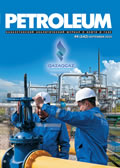KAZAKHSTAN ENERGY WEEK – 2023
CPC:Prioritizing Safety Above All
In a year-end review, the Caspian Pipeline Consortium has set another milestone for safe operations, logging more than 17.1 mln man-hours without injuries or incidents among its staff and subcontractors. Additionally, the Consortium's vehicle fleet operated with zero registered road traffic accidents, exceeding 33.4 mln kilometers traveled.
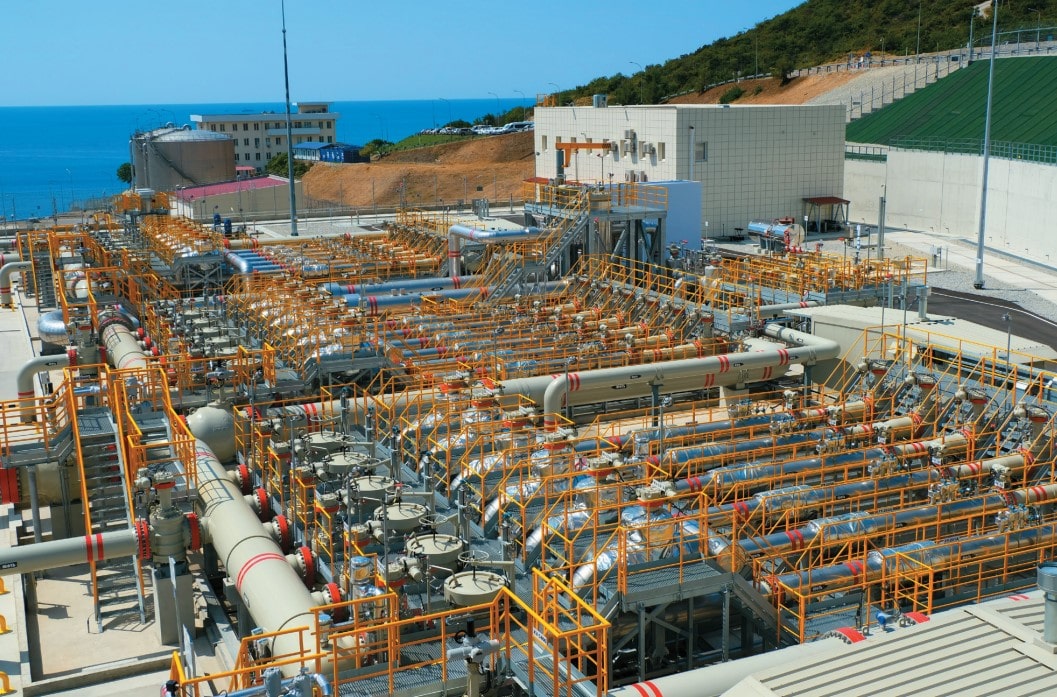
It is noteworthy that these safety benchmarks were achieved during extensive construction and installation activities across most CPC facilities. These operations were part of the Debottlenecking Program (DBNP), which was launched in 2019. Each construction site mobilized hundreds of workers and dozens of specialized equipment units, significantly increasing the risks associated with accidents and injuries. Despite these challenges, all activities, most of which are now completed, were conducted safely and responsibly.
Throughout its longstanding history, the Consortium has maintained virtually accident-free operations and zero injuries. This is largely attributed to the organization’s dedication to a Safety Culture and a strategy that focuses on occupational health, environmental protection, and industrial safety leadership.
The Foundation is Culture
So, where does safety in operations begin? CPC's experience suggests that the issue of accident-free operations is consistently among the top priorities of the Consortium’s governance bodies and the management of its shareholder companies. Through concerted efforts, CPC has successfully shaped its own Corporate Safety Culture. The objective of this culture is to instill in each employee a commitment to safety, elevate motivation for making independent decisions in this sphere, and ensure strict compliance with all safety requirements without the need for additional oversight.
If there are any deviations from safety or environmental protection protocols at CPC sites, each case is scrutinized in detail. Lessons are drawn to prevent future occurrences.
One of the Consortium's significant advantages is the opportunity to leverage best practices and achievements in the field of safe operations from all its shareholders, who represent various countries and cultures. The organization also has a special advisory committee that provides ongoing support for the implementation of safety standards.
Progressing According to Plan
At CPC, the Strategic Plan for Health, Safety, and Environment (HSE) for 2022-2024 is being executed. This plan delineates the steps required to achieve zero-injury and accident-free operations. Formulated considering the Consortium’s hands-on experience, the input of its shareholder companies, and the global oil and gas industry, the plan also incorporates insights from independent diagnostics.
The plan comprises seven primary objectives, each further divided into sub-objectives and specific tasks. To ensure the successful implementation of the plan, each of its objectives is overseen by a member of the company's senior leadership team. This oversight role is typically fulfilled by an executive at the level of Deputy Director or General Manager, at a minimum.
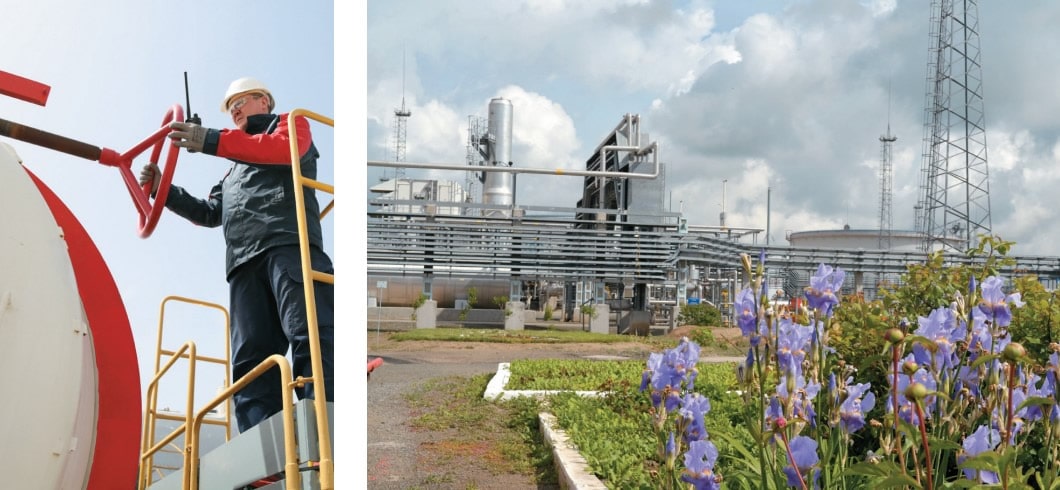
Three Tiers of Safety Culture Committees in Production
A highly effective forum for dialogue, experience sharing, and idea exchange, and for making key decisions in implementing a corporate safety policy aimed at achieving zero accidents and incident-free operations, is the Committee for Advancing Safety Culture in Production. The inaugural meeting took place in April 2022 at the Moscow CPC office. These committees are organized into three tiers:
- Stationary Committees: These meet monthly at each pumping station, involving station managers, key CPC personnel, and operational staff from subcontractor companies;
- Regional Committees: Also convening monthly, these are held at the Eastern, Central, and Western regional CPC offices and include regional managers, pumping stations heads, and leadership from subcontractor organizations;
- Executive Committees: Comprising senior CPC leadership and executives from subcontracting organizations, these meetings are presided over by the company’s General Director.
Committee discussions cover an array of topics pertinent to occupational health and industrial safety. These include assessments of operational risks, the implementation of new initiatives, and an evaluation of worker suggestions based on completed safety cards, among other key matters.
How to Become a Leader
As of February 2022, the company has implemented a standard known as "Leadership in Advancing a Culture of Safe Production."
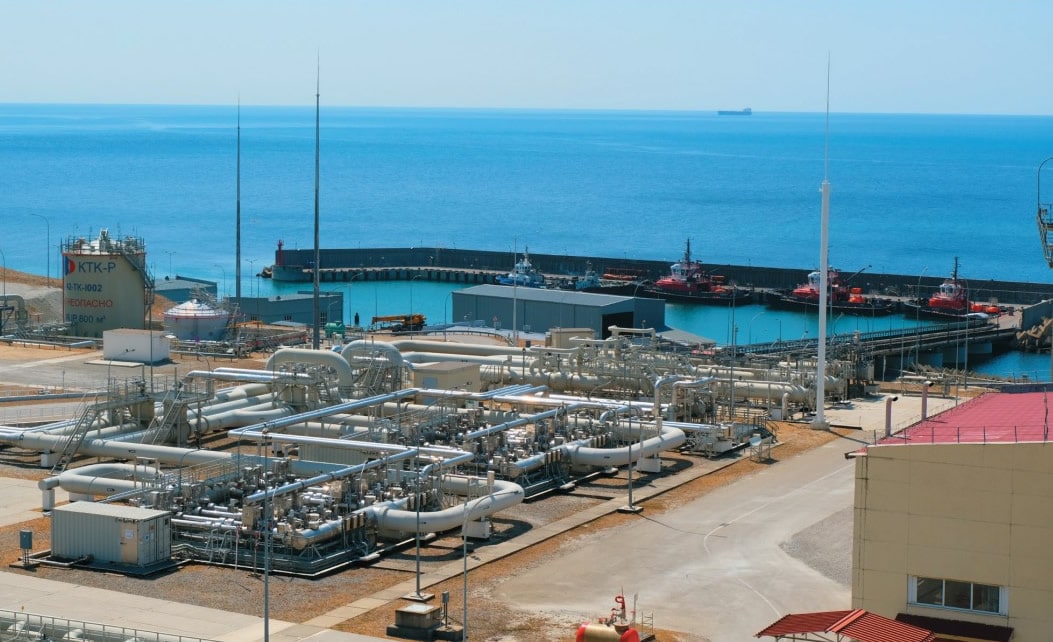
Who Is a Leader?
First and foremost, a leader serves as a role model among colleagues by exemplifying safe behavior, instilling confidence in achieving zero-injury objectives, and continuously enhancing their own competencies and skills in occupational safety.
They serve as a guide: setting the course and determining the future development trajectory for HSE. They clarify the company's expectations regarding safety to employees while continually assessing risks and methods for their mitigation.
As a driver, the leader engages colleagues in the cultivation of a Safety Culture in Production. They educate and assist others in honing their skills in this sphere.
Lastly, a leader is an inspirer, as they maintain and motivate those around them.
They are consistently focused on shaping a universal value system for all workers, where safety is the paramount priority.
Any employee of the Caspian Pipeline Consortium (CPC) or its subcontractor organizations can become a leader in advancing a Culture of Safe Production. The key qualification is the ability to organize a group of people, inspiring them not only to consciously adhere to HSE requirements but also to take proactive steps in fostering a Culture of Safe Production and implementing the company’s policy to reach a zero-injury level.
Leadership practice
s are generally inspired by senior and mid-level management, engineering, and technical staff, and any proactive employees. These individuals undergo specialized training and mentorship in applying leadership practices, conducted by a specialized organization.
Leaders actively visit operational sites, seek new opportunities and technological solutions, and motivate their colleagues. They place great emphasis on analyzing Potentially Hazardous Situations (PHS). To this end, leaders conduct dialogues, work meetings, and consultations with employees to timely identify and collaboratively discuss situations that haven’t led to adverse events but bear the potential to do so. Measures to mitigate identified risks are formulated based on these discussions.
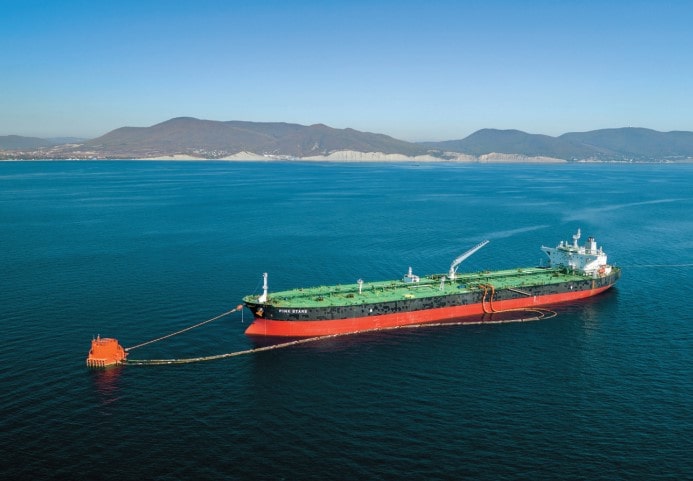
Leadership in enhancing a Culture of Safe Production is a voluntary endeavor. New leaders emerge through competitions at the annual Corporate Safety Days and through conversations with mentors. Here, neither the position nor years of service matter – the primary focus is on an individual’s willingness and ability to lead.
Every year, the company gathers leaders from various operational divisions for networking and knowledge-sharing at the CPC Safety Day. The event serves as team building, a celebration, and crucial work, aimed at ensuring that production across all Consortium facilities remains accident-free, safe, and responsible.
"Since its inception, the Caspian Pipeline Consortium has consistently placed the safety of its people at the top of its list of priorities. Much has been accomplished toward achieving our ultimate goal of zero injuries, yet much more remains to be achieved. To meet these high standards and fulfill our commitments, both the company and subcontracting organizations must develop a unified approach, undertake coordinated systemic actions, and ensure the involvement of all employees in the safety development process. The role of leadership in this endeavor cannot be overstated. That's why we expect every employee working at CPC facilities, regardless of their position, to be proactive and engaged in improving safety measures. May safety become our constant companion," states Nikolay Gorban, the General Director of CPC.



